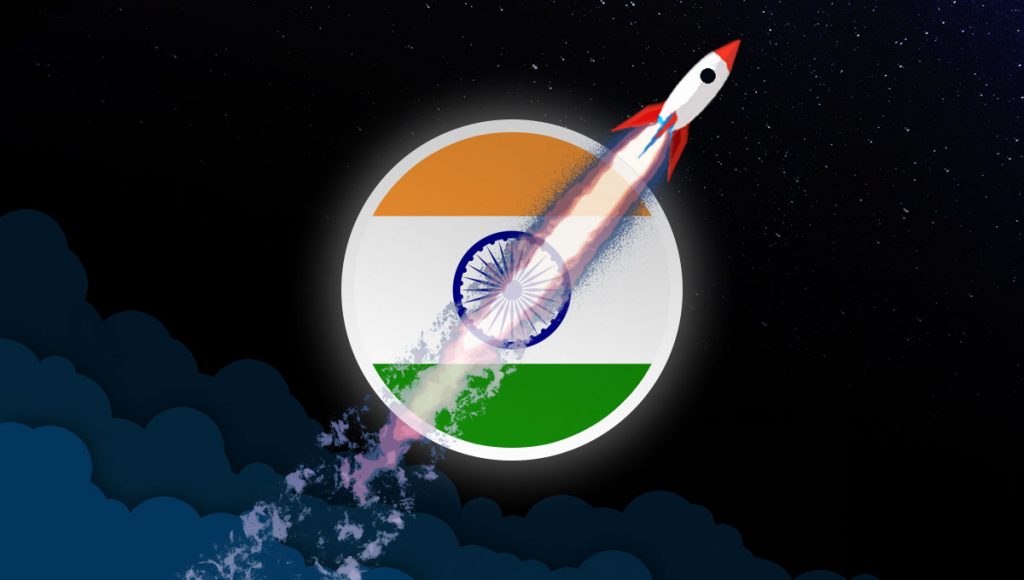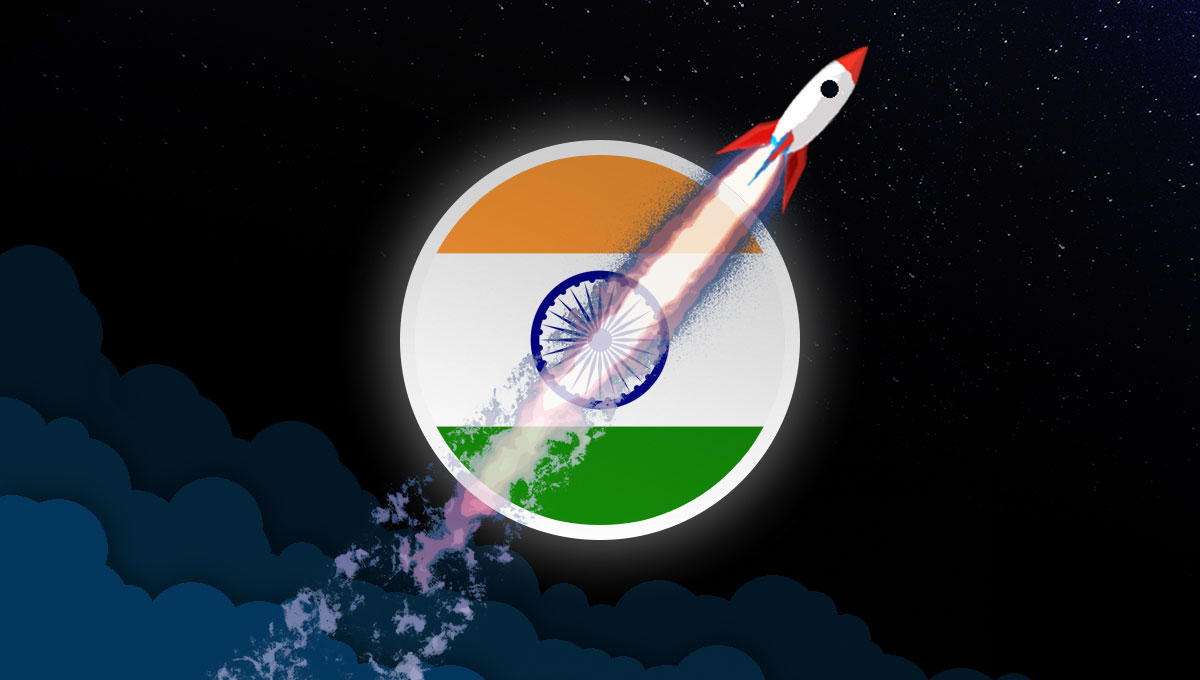India is one of the most impressive countries in the world from an economic standpoint. The second-most populous country in the world, the country is also home to an economy worth $3.17 trillion – the sixth in the world.
It’s almost like there is no industry that doesn’t have an Indian element. From food to clothing, from entertainment industries to manufacturing and mass production. Even if you’re looking to play cherry pop slot online, there’s a guarantee that some Indian platform or the other offers it.

Interestingly, India has continued to show strength in growing its economy. Estimates show that the country’s economy outpaced China’s in terms of growth last quarter, with a 4.4% growth rate that only slightly missed analysts’ expectations of 4.6%. With the population continuing to grow, and India becoming a market for the world’s largest companies and industries, it is worth understanding how India became such an economic and cultural powerhouse.
India’s Population is its Cheat Code
The biggest driver of India’s economic growth has been the country’s population itself. With a count of 1.3 billion people, India is second only to China among the world’s most populous countries. It is home to the world’s largest democracy, as well as an incredibly diverse population that includes 705 officially recognized ethnic groups.
With such a market, India has become an economic powerhouse of its own. Just about any company in the world would be delusional to rule out entering the Indian market – and companies know this.
Besides this, India’s teeming population has also helped the country to weather most of the economic storms being faced by other countries now. According to the World Bank, the Indian economy has been relatively insulated from most global pullovers thanks to its massive domestic market.
India is home to just about everything – tech startups, consumer businesses, telecoms giants, retail behemoths, and much more. This, as well as the fact that many foreign companies are continually focusing on the Indian market as they hope to expand, means that the economy is never strapped for resources.
Such a massive population and domestic market mean that India is less exposed to international trade flows. And as more countries feel the sting of supply chain shortages and more, India is still resilient in the face of these issues.
A Booming Young Population
India has also come to rely significantly on its teeming population of young people. India has a median age of 28.7 years, while the country currently has the highest number of citizens within the working ages of 15 and 64 – 908.7 million, or about 67.7% of its population.
With most of its population still very much within the working age, India has become a very productive country. Urban unemployment stands at 7.93% of the population, which isn’t so bad. And with more industries springing up across the country, India is willing and ready to work.
One of the industries that employs the most Indians is, unsurprisingly, the tech sector. Big tech companies come to India to tap into the country’s wealth of talent, as well as its relatively skilled and affordable labor pool. Google CEO Sundar Pichai, Microsoft CEO Satya Nadella, and former Twitter CEO Parag Agrawal are all Indians. Just as well, many companies in the tech space take advantage of India’s massive resource pool, leveraging the country’s developers and builders.
With technology expected to continue being one of the hallmark industries of the world, India has managed to not just be pivotal to the present global economy, but also its future.
Strength in Diversity
As for the cultural angle, it’s safe to say that India has also managed to tap into its diversity for that. As explained earlier, India has 705 officially recognized ethnic groups. There are many more tribes that aren’t seen as ethnic groups as well – just showing the massive diversity of this great nation.
Each of these tribes and groups has done an excellent job of maintaining its customs and traditions. And in turn, they have contributed to the preservation of India’s culture. The country has managed to tap into its diversity, turning it into a strength. And simultaneously, India welcomes people from all cultures, religions, and levels of society.
This isn’t to say that there aren’t threats of nationalism and tribalism. And over the past few years, it’s safe to say that these risks seem to have grown a bit. The cultural awareness in India is both a gift and a curse. And while there are risks of tension escalations occasionally, India stays a cultural melting pot where everyone is free to live and call home.
